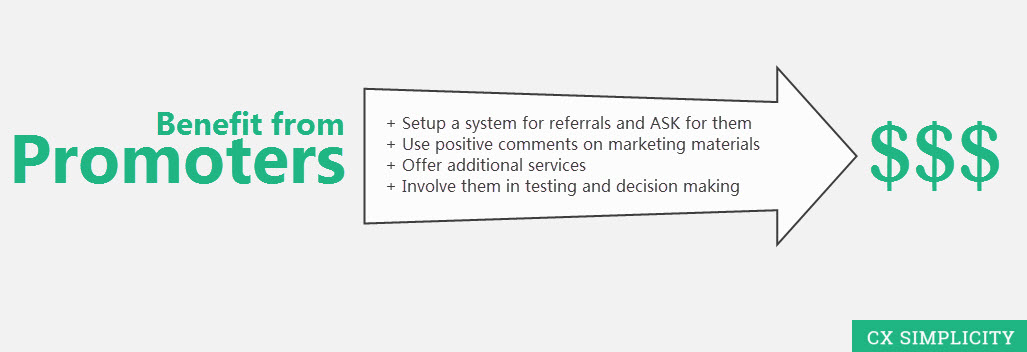Choosing a vendor to administer your customer satisfaction surveys can be a daunting task as there are many considerations at hand. It is best to think through your program strategy prior to approaching vendors to ensure the best fit. Below are key topics that should be evaluated for each potential solution.
Level of automation: This depends on the type and size of your organization. Do you have a large customer base with a lot of transactional touch-points or a small customer base with more intimate interactions? A company with fewer, high-touch customer interactions could get away with a more manual surveying process whereas a high volume company needs to consider automating their survey distribution.
Survey triggers: What action or situation will trigger a survey? You need to make sure you have the ability to report on the customers that qualify for a survey based on the desired “trigger.” It is important to investigate how your database will interact with the survey vendor. This goes hand-in-hand with the level of automation. How will the vendor receive the data for customers you want to survey?
Filters: Does the vendor have the ability to exclude certain customers from receiving invitations or would you have to incorporate that into the process on your end? For example, if you don’t want a customer to receive a survey after they’ve already received one in the last 30 days, how will that be accounted for? How complex can you get with your filters?
Additional data points: You’ll ultimately want to evaluate survey responses based on other data points associated with each customer. Will you be passing these data points to the vendor along with the information to trigger a survey? Or will you be matching up the responses to your customer data outside of the survey platform after responses are received?
Invitation: Think about what you want your survey invitation to look like. Do you want a question embedded in the email, or a simple invitation with just a button to click? Do you want to be able to customize the entire thing with your own html code?
Branding: Going along with the design of your invitation is the overall look and feel of the survey. Are you able to white-label it and are there additional costs associated with doing so? Are you comfortable using an existing template offered by the vendor?
Question types: It’s so easy to get overly complicated with survey questions (more on this in a later post on survey design), but you do want to make sure the types of questions you want to ask are available in the survey platform. Be sure to get a demo of the interface for designing questions to understand if the desired features exist.
Reporting capabilities: Some solutions have minimal reporting functionality built into their platform assuming that you will integrate the survey data in another tool outside of theirs. You can generally save money here if you plan to export the data and do your reporting in another program. The vendor in that case doesn’t need a robust reporting interface. If you’re interested in a holistic solution, there are vendors that offer lots of pretty graphs, charts, and dashboards with-in their tool.
Support and consulting: Find out the level of support offered with your subscription/contract. Given that this process involves direct interaction with your customers, you want to feel confident that your vendor is going to provide assistance if something goes wrong. Some vendors also offer consulting hours to help with things like mapping out the customer journey and designing surveys.
Changes: Think of how you will manage the distribution of surveys on an ongoing basis. This is critical. If changes are required to a survey, invitation, or trigger, will you be able to make them yourself or will you have to engage your vendor? Do you have the time to make your own changes? Do you have the patience to wait for your vendor to make changes? Considering this aspect from the beginning will save you a lot of aggravation later on.
Survey and response allowances: Try to forecast how many surveys you want to send and receive and be sure you subscribe to the appropriate allotment.
Response integration: Where will your survey responses go when they come back in? A lot of platforms today can integrate with other systems if you want to use something outside of your vendor’s platform. Find out what integration they support. If possible, bring an IT employee along to evaluate the structure of the integration. Is it reliable? Is there a fail-safe in place if a survey response is not properly integrated?
Follow-up: If you’re not planning to follow-up with customers based on survey responses, shame on you. If you are planning to follow-up, great! Figure out how you want to append additional follow-up data to a survey response after it is collected and how follow-up status will be reported on.
Price: An obvious consideration and often negotiable based on the desired level of customization and support.
In general, I recommend keeping things as simple as possible. You will eventually want to make changes to surveys based on how your business processes evolve, and straying too far from an out-of-the-box solution can come back to haunt you when that time comes. Remember, your customers want the see something simple and easy to interact with, and you want something simple and easy to manage and adapt.


